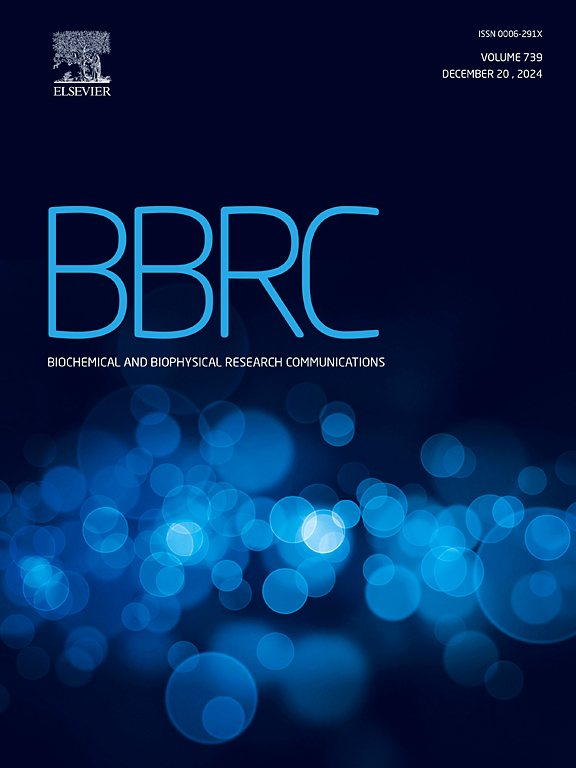Liquiritigenin protects against cadmium-induced testis damage in mice by inhibiting apoptosis and activating androgen receptor
IF 2.5
3区 生物学
Q3 BIOCHEMISTRY & MOLECULAR BIOLOGY
Biochemical and biophysical research communications
Pub Date : 2025-03-21
DOI:10.1016/j.bbrc.2025.151642
引用次数: 0
Abstract
Cadmium (Cd) is a prevalent contaminant in both dietary and drinking water sources, posing harm to multiple tissues and disrupting reproductive function. Recent evidence indicates that natural products derived from plants may offer a mitigating Cd-induced tissue damage. However, the protective role of Liquiritigenin (LQ) and its underlying mechanism remain unclear. The present study was to investigate the protective effect of LQ against short-term, low-dose Cd-induced multi-organ damage. Notably, Cd exposure had no significant impact on body or tissue weight but did induce damage to the heart, liver, lungs, kidneys and testes of mice, while also reducing sperm quality. These adverse effects were reversed by LQ treatment, suggesting that LQ alleviates Cd toxicity. Mechanistically, LQ inhibited testicular apoptosis by modulating the protein levels of Bad, Caspase-3, Bax, Bcl-2, and NF-κB. Furthermore, molecular docking and molecular dynamics simulations provided insights into the interaction between LQ and the androgen receptor (AR). Further studies indicate that LQ increases AR level and further prevent testicular damage. Collectively, these findings support the potential of LQ in preventing Cd-induced tissue damage, particularly in the context of reproductive toxicity.
求助全文
约1分钟内获得全文
求助全文
来源期刊
CiteScore
6.10
自引率
0.00%
发文量
1400
审稿时长
14 days
期刊介绍:
Biochemical and Biophysical Research Communications is the premier international journal devoted to the very rapid dissemination of timely and significant experimental results in diverse fields of biological research. The development of the "Breakthroughs and Views" section brings the minireview format to the journal, and issues often contain collections of special interest manuscripts. BBRC is published weekly (52 issues/year).Research Areas now include: Biochemistry; biophysics; cell biology; developmental biology; immunology
; molecular biology; neurobiology; plant biology and proteomics

 求助内容:
求助内容: 应助结果提醒方式:
应助结果提醒方式:


